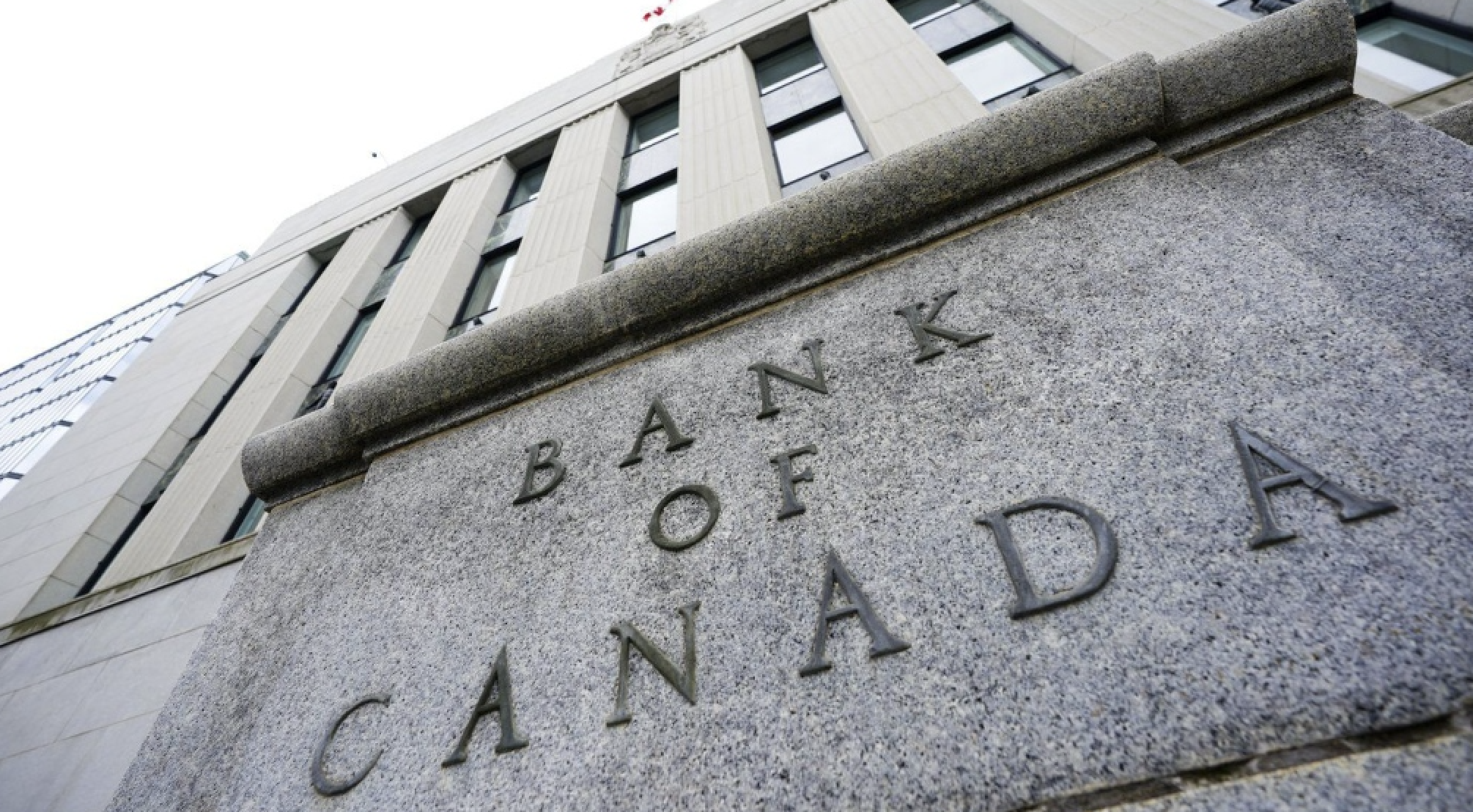The Bank of Canada’s recent decision to hold its key interest rate has important implications for Canadian homebuyers, particularly those who are considering taking out a mortgage. On March 9, 2023, the Bank of Canada announced that it would be keeping its overnight lending rate at its current level of 1.25%, following its latest policy meeting. This decision has generated significant interest among potential homebuyers and mortgage borrowers, as it directly affects the cost of borrowing for a home.
So, what does the Bank of Canada’s decision to hold mortgage rates steady mean for homebuyers in Canada? Let’s explore some key points to better understand the implications.
- Mortgage Rates Remain Stable: One of the most significant impacts of the Bank of Canada’s decision to hold its key interest rate is that mortgage rates are likely to remain stable for the time being. Mortgage rates are closely tied to the Bank of Canada’s overnight lending rate, and when the central bank holds its rate steady, it typically signals that mortgage rates will remain unchanged as well. This can provide some certainty for homebuyers, as it means that their borrowing costs are less likely to increase in the near term.
- Affordability May Be Preserved: Stable mortgage rates can also help preserve affordability for homebuyers. When mortgage rates are low or stable, it can make homes more affordable, as it reduces the overall cost of borrowing. This can be particularly important for first-time homebuyers or those with limited budgets, as it may allow them to enter the housing market or afford a more expensive property.
- Time to Plan for Future Increases: While the Bank of Canada’s decision to hold mortgage rates steady may be good news for homebuyers in the short term, it’s important to keep in mind that interest rates are subject to change in the future. The Bank of Canada has indicated that it may increase interest rates in the coming months or years, depending on various factors such as inflation and economic growth. Homebuyers should use this period of stability to plan for potential future increases in mortgage rates and ensure that they can afford higher borrowing costs if rates do rise in the future.
- Importance of Mortgage Stress Test: The Bank of Canada’s mortgage stress test, which requires borrowers to qualify for a mortgage at a higher interest rate than they will actually pay, remains in place despite the decision to hold interest rates steady. This stress test is designed to ensure that borrowers can still afford their mortgage payments even if interest rates rise in the future. Homebuyers should be mindful of the stress test requirements and factor them into their mortgage planning to ensure that they can qualify for a mortgage if rates do increase in the future.
- Consider Professional Advice: With interest rates being a significant factor in the affordability of a mortgage, it’s crucial for homebuyers to seek professional advice when navigating the mortgage market. Mortgage brokers or financial advisors can provide valuable insights and guidance on the current mortgage rates, stress test requirements, and help homebuyers determine the best mortgage strategy based on their financial situation and long-term goals.
In conclusion, the Bank of Canada’s decision to hold its key interest rate has important implications for homebuyers and mortgage borrowers in Canada. Stable mortgage rates can provide some certainty and affordability for homebuyers in the short term, but it’s important to plan for potential future increases in interest rates. The mortgage stress test requirements also remain in place, and seeking professional advice can be beneficial for navigating the mortgage market. Homebuyers should stay informed about changes in the interest rate environment and work with experts to make informed decisions about their mortgage options.






